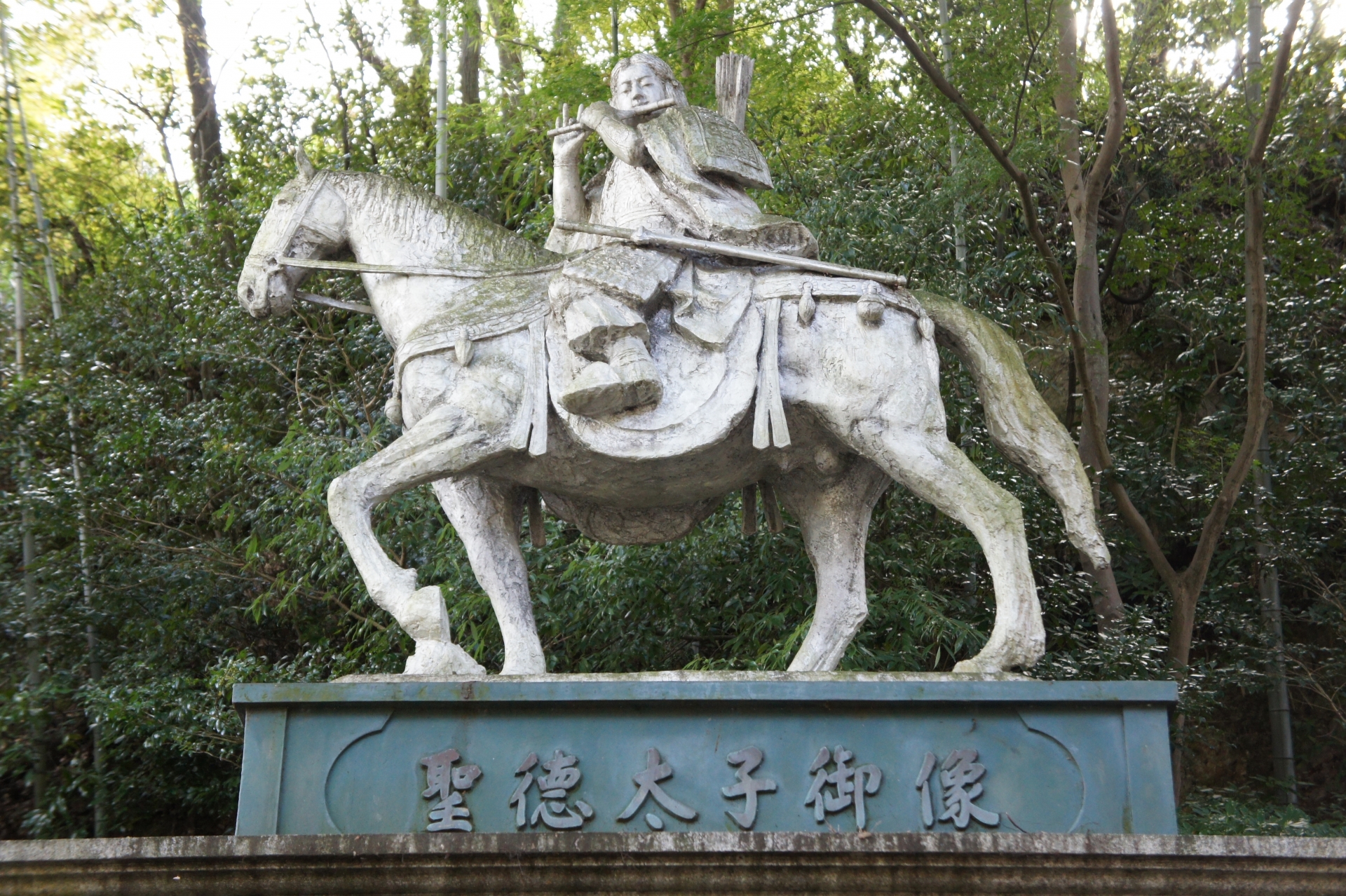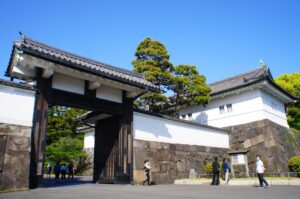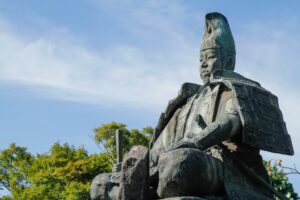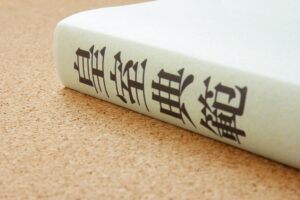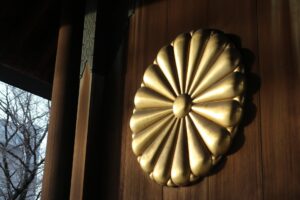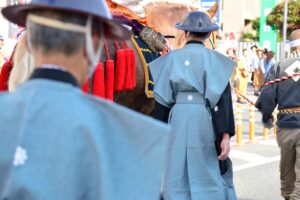Prince Shotoku (574–622 CE) is one of Japan’s most influential historical figures. As a regent and scholar, he introduced the Seventeen Article Constitution, promoted Buddhism, and laid the foundation for Japan’s centralized government. This article explores his life, legacy, historical debates, and continued relevance in modern Japan.
Who Was Prince Shotoku?
Prince Shotoku (574–622 CE) is widely revered as one of Japan’s greatest historical figures, celebrated for his forward-thinking leadership, scholarship, and spiritual guidance. Born into the imperial family as the second son of Emperor Yomei and Empress Anahobe no Hashihito, he held the title of prince but assumed power as regent under his aunt, Empress Suiko, beginning in 593 CE. Shotoku displayed exceptional intellect and administrative talent from an early age, often portrayed as a prodigy with deep knowledge of Buddhism, Confucianism, and Chinese political philosophy. His exposure to continental thought came through contact with Chinese and Korean scholars, influencing his vision for a centralized Japanese state governed by ethical principles and harmony.
Prince Shotoku’s Family and Wife
Prince Shotoku had multiple wives, a common practice among royalty to strengthen political alliances. Among his consorts were Lady Kashiwade no Omi, Tojiko no Iratsume, and Okimi no Iratsume (also known as Tachibana no Ōiratsume). These marriages fortified ties with influential families and produced several children. His most notable son, Prince Yamashiro no Ōe, was born to Tojiko no Iratsume and was once considered a likely successor, though he was ultimately outmaneuvered politically. Marriages among the ruling elite were strategic, designed to reinforce dynastic legitimacy and ensure loyalty among powerful clans. While records of his family are sometimes interwoven with legend, the Shotoku lineage maintained considerable influence during and after his regency.
Major Contributions to Japanese History

The Seventeen Article Constitution
In 604 CE, Prince Shotoku authored the Seventeen Article Constitution, a groundbreaking document that outlined moral and political principles rather than codified laws. Drawing heavily from Confucian and Buddhist ideologies, it emphasized harmony, loyalty to the emperor, meritocracy, and ethical governance. Article One famously calls for the importance of harmony (wa), while other articles advocate for virtuous leadership and fair administration. Notably, Article Ten highlights the equal value of diverse perspectives: “Foolish and wise are as the two ends of a circular object without edges,” suggesting that all people think differently and comparisons of superiority are futile. Though not a constitution in the modern sense, it provided a philosophical foundation for Japan’s political evolution.
| Article | Principle | Modern Democratic Equivalent |
| 1 | Harmony is to be valued. | Social cohesion, unity |
| 3 | Obey the commands of the sovereign. | Constitutional loyalty |
| 10 | People differ in wisdom and thought; superiority cannot be judged easily. | Respect for diversity and equal rights |
Introduction and Promotion of Buddhism
Prince Shotoku was instrumental in promoting Buddhism as a cornerstone of Japanese spiritual life. Under his regency, major temples such as Hōryū-ji and Shitennō-ji were constructed, not only as places of worship but also as centers of learning and diplomacy. He commissioned commentaries on Buddhist sutras, intertwining Buddhist ethics with statecraft. His support helped legitimize Buddhism alongside Shinto, marking a pivotal shift in Japan’s religious landscape.
Diplomatic Relations with China and Korea
Understanding the importance of international diplomacy, Shotoku dispatched official missions to the Sui dynasty of China. His famous letter, beginning with “From the Son of Heaven in the land of the rising sun,” boldly asserted Japanese sovereignty and parity with the Chinese emperor. These missions facilitated cultural and technological exchange, including the introduction of writing systems, Confucian ideals, and Buddhist texts. He also maintained relations with the Korean kingdoms of Paekche and Silla, further integrating continental influence into Japan’s development.
Debates About His Historicity
Despite his legendary status, some historians question the historicity of Prince Shotoku. Skeptics argue that he may be a composite figure created by later chroniclers such as those compiling the Nihon Shoki to legitimize the imperial family’s divine authority. Others contend that while he likely existed, many achievements attributed to him were exaggerated or symbolic. Nevertheless, the consistency of sources across centuries suggests that even if partially mythologized, his influence was genuinely transformative.
Legacy and Cultural Impact

Prince Shotoku’s legacy endures through religious, educational, and cultural institutions. He was deified during the Heian period and venerated in both Buddhist and Shinto contexts. His teachings appeared in legal codes and religious texts, and he became a symbol of enlightened rulership. Educational curricula in Japan have long emphasized his role in shaping national identity, and numerous rituals and festivals commemorate his contributions.
Prince Shotoku and Japanese Currency
Shotoku’s iconic status was reinforced when his likeness appeared on multiple Japanese banknotes, most famously the 10,000 yen note issued in the 20th century. His depiction symbolized wisdom, unity, and a moral government. The choice to honor him on currency reflected not only his historical stature but also a postwar effort to promote cultural heritage and national pride.

Prince Shotoku in Modern Education and Culture
In contemporary Japanese education, Prince Shotoku remains a key figure in history textbooks, although terminology has shifted. Recent revisions now refer to him as “Umayado no Ō” to reflect historical accuracy over honorific legend. He is also featured in popular media, including manga, TV dramas, and children’s literature, demonstrating his continued relevance. These portrayals help bridge historical scholarship and public interest.
Visiting Historical Sites Related to Prince Shotoku
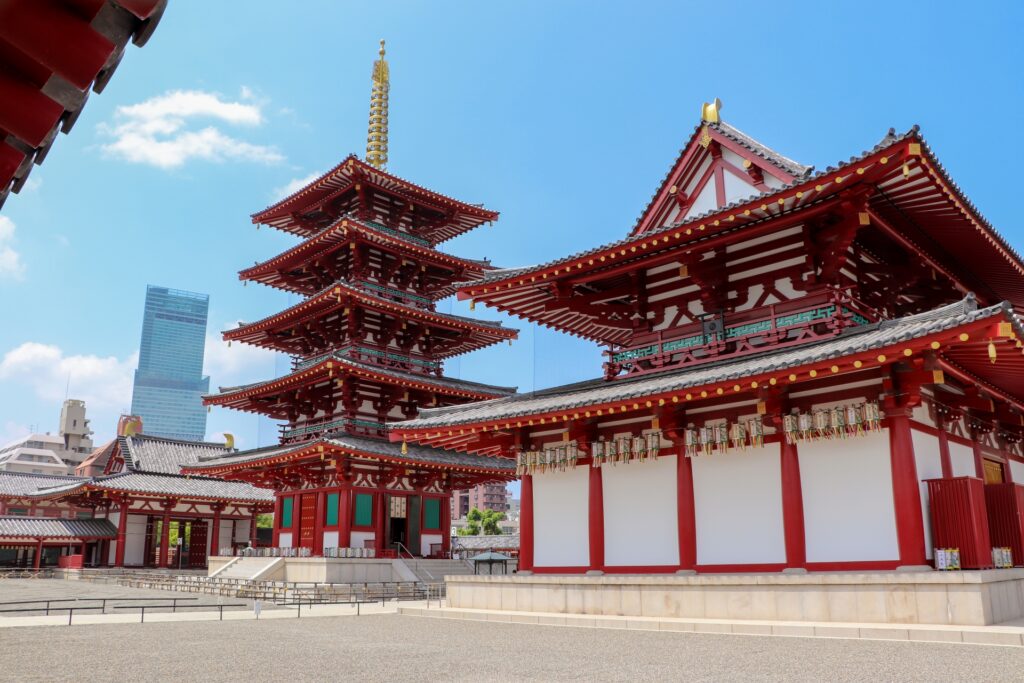
Several sites associated with Prince Shotoku offer rich historical and cultural experiences. Hōryū-ji, a UNESCO World Heritage Site in Nara, is home to some of the world’s oldest wooden structures. Shitennō-ji in Osaka, said to be the first state-sponsored Buddhist temple in Japan, remains a major pilgrimage site. The town of Ikaruga, where Hōryū-ji is located, offers serene landscapes and seasonal festivals. Visitors are encouraged to observe cultural etiquette, such as bowing at temple gates and removing shoes before entering sacred halls. Spring and autumn are ideal times to explore these landmarks.
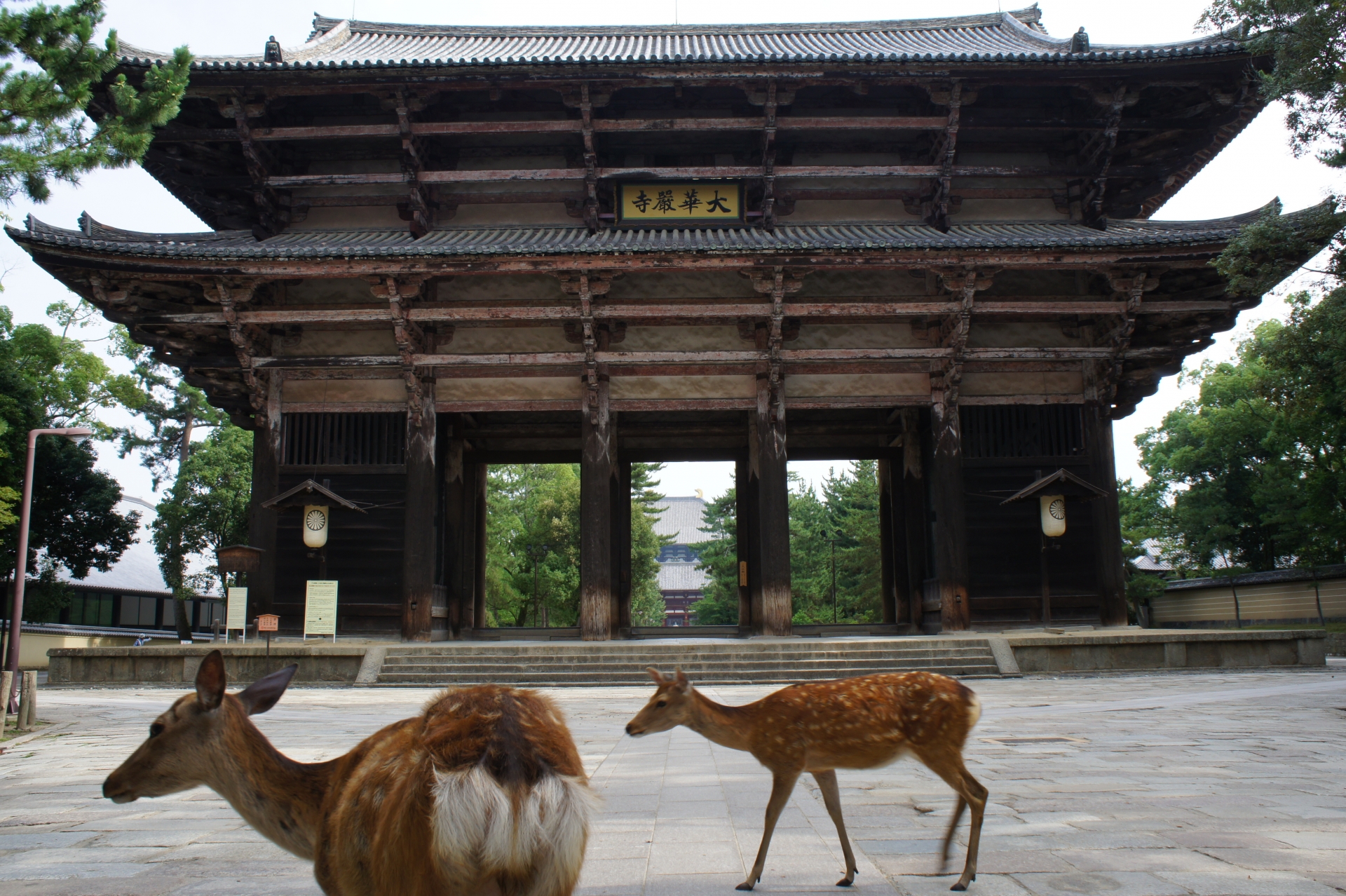

Conclusion: Why Prince Shotoku Still Matters
Prince Shotoku remains a towering figure in Japan’s spiritual and political history. His synthesis of Buddhism and Confucianism, advocacy for moral governance, and diplomatic outreach laid the foundations for Japan’s centralized state. Whether as a historical personage or a symbol of ideal leadership, his legacy continues to influence Japanese education, religious practice, and cultural memory. In honoring Prince Shotoku, Japan honors its roots in ethical leadership and intercultural dialogue.

